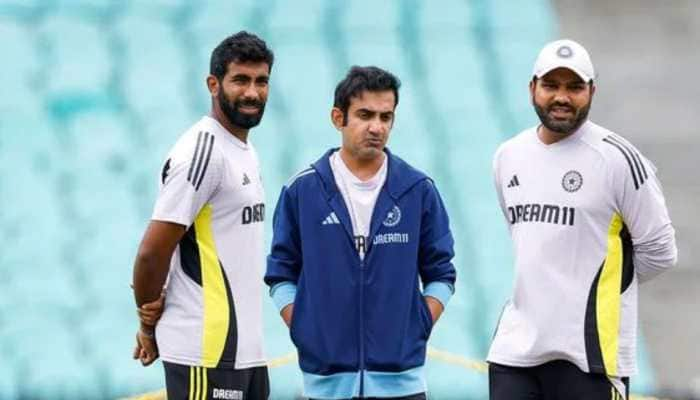Indian National Flag: 10 Interesting facts students must know about the Indian Flag
The Indian government is celebrating the Azadi Ka Amrit Mahotsav program in view of 75 years of Independence and is dedicated to the people of India, scroll down to read some interesting facts about the Indian Flag.
- India will commemorate its 75th Independence Day on August 15, 2022
- Har Ghar Tiranga campaign was introduced on August 2
- PM Narendra Modi invited citizens to hoist the national flag at home on Sunday
Trending Photos
) Image Source: PTI
Image Source: PTI New Delhi: India will commemorate its 75th Independence Day on August 15, 2022. The Indian government is hosting Azadi Ka Amrit Mahotsav, which will honour 75 years since India gained its independence from British rule. India is organising Azadi Ka Amrit Mahotsav, celebrations for which started in March, 2021. As part of the Azadi Ka Amrit Mahotsav celebrations, the Har Ghar Tiranga campaign was introduced on August 2. In support of this move, Prime Minister Narendra Modi invited citizens to hoist the national flag at home on Sunday. He also asked them to put the national flag as profile picture of their social media accounts between August 2 and 15. Students must know about these interesting facts about the Indian National Flag.
National Flag of India
The National Flag of India was accepted in its present form during a meeting of the Constituent Assembly held on 22 July 1947, when it turned out to be the official flag of India. Flag Code of India, 2002 has come into effect from January 26, 2002. It is neither a statute nor a statutory rule or regulation. It is one of the National Symbols of India.
Interesting Facts about National Flag of India
- The first Indian flag was hoisted on August 7, 1906 at Parsi Bagan Square in Calcutta. It showed religious symbols and had flowers with Vande Matram inscribed on it. It had three stripes of green (top), yellow (middle) and red (bottom) colors.
- The Indian flag was accepted on July 22, 1947, just before India gained independence from the British Empire.
- The Indian National Flag which is in use now was designed by Pingali Venkayya, an educationist and freedom fighter from Andhra Pradesh. On August 15, 1947, the first Prime Minister of India, Jawaharlal Nehru, hoisted the national flag at Lahori Gate of Red Fort in Delhi.
- According to the law, the National Flag of India is to be made by ‘Khadi’ which is hand-spun wool/cotton/silk Khadi cloth. Karnataka Khadi Gramodyoga Samyukta Sangha is the only unit in India that is accredited to supply and manufacture the Flag of India.
- The National Flag is known as Tiranga in Hindi and it consists of three colors and Asoka Chakra in its middle. Three colors represent:
The Saffron color -Courage and sacrifice
White – Truth, peace, and purity
The Green colour-Prosperity
Asoka Chakra represents the Laws of Dharma
- The width to length ratio of the National Flag of India is 2:3. The three strips of the flag should be equivalent in width and length.
- The Khadi Development and Village Industries Commission, have the manufacturing right to make the National Flag of India.
- The present national flag has three colours – saffron representing courage and sacrifice, white representing peace and green representing prosperity. The Ashok Chakra in the middle represents the cycle of life. The length to width ratio of the flag has to be 3:2.
- Flag code: Indian national flag must be hoisted in the day time only and there should be no flag or any other symbolic representation above it. The flag must be hoisted in horizontal direction with the saffron colour always on the top.
- On the occasion of Army Day, the Indian Army unveiled the world’s largest Tiranga at Jaisalmer on 15 January 2022.
On August 15, 1947, India earned freedom from 200 years of British colonial control. The freedom fighter’s huge courage and sacrifice ousted the British to free the nation on August 15, 1947. The Indian government is celebrating the Azadi Ka Amrit Mahotsav program in view of 75 years of Independence and is dedicated to the people of India.
Stay informed on all the latest news, real-time breaking news updates, and follow all the important headlines in india news and world News on Zee News.
Live Tv







)
)
)
)
)
)
)
)
)
)
